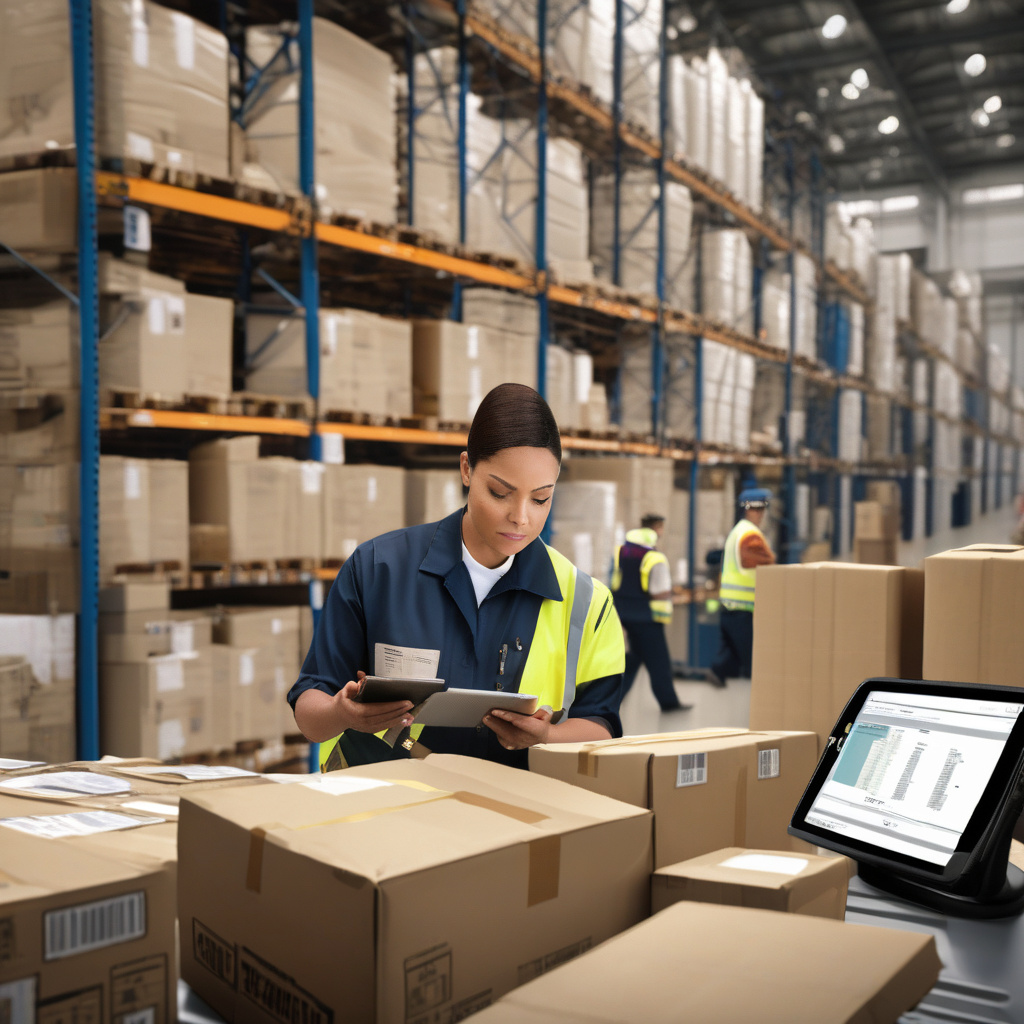Now VAT’s what I call custom clearance
When it comes to e-commerce and international trade, custom clearance is an essential process that can often be complex and time-consuming. One crucial aspect of this process is Value-Added Tax (VAT), which is a consumption tax placed on a product whenever value is added at each stage of the supply chain. In the world of e-commerce, understanding how VAT works and how to navigate custom clearance efficiently can make a significant impact on your business’s bottom line.
VAT is typically levied on imported goods at the point of entry into the destination country. For e-commerce businesses selling products across borders, this means that VAT will need to be collected and paid on goods shipped to customers in different countries. Failure to comply with VAT regulations can result in hefty fines and penalties, not to mention damage to your brand reputation.
One way e-commerce businesses can streamline the custom clearance process and ensure compliance with VAT regulations is by leveraging technology. There are various software solutions available that can help automate the calculation and collection of VAT on international sales. These tools can integrate with your e-commerce platform to accurately calculate VAT based on the destination country and the type of goods being sold.
Furthermore, partnering with a third-party logistics provider that specializes in international shipping and custom clearance can also help simplify the process. These providers have the expertise and resources to navigate the complexities of global trade, including understanding VAT requirements in different countries. By outsourcing custom clearance to a trusted partner, e-commerce businesses can focus on their core operations and leave the logistics to the experts.
In addition to streamlining the custom clearance process, understanding VAT regulations in different countries can also present opportunities for e-commerce businesses to optimize their tax liabilities. For example, some countries offer VAT exemptions or reduced rates for certain types of products. By staying informed about these regulations, businesses can take advantage of tax-saving opportunities and improve their bottom line.
One real-life example of a company that has successfully navigated the complexities of custom clearance and VAT is ASOS, a global online fashion retailer. ASOS has implemented a robust custom clearance strategy that ensures compliance with VAT regulations in the countries where it operates. By investing in technology and partnering with experienced logistics providers, ASOS has been able to offer seamless international shipping to its customers while effectively managing VAT obligations.
In conclusion, custom clearance and VAT compliance are critical aspects of international e-commerce that require careful attention and strategic planning. By leveraging technology, partnering with experienced logistics providers, and staying informed about VAT regulations, e-commerce businesses can streamline the custom clearance process, reduce compliance risks, and even identify tax-saving opportunities. Investing in custom clearance now can lead to long-term success and growth in the global marketplace.
custom clearance, VAT, e-commerce, international trade, logistics.
